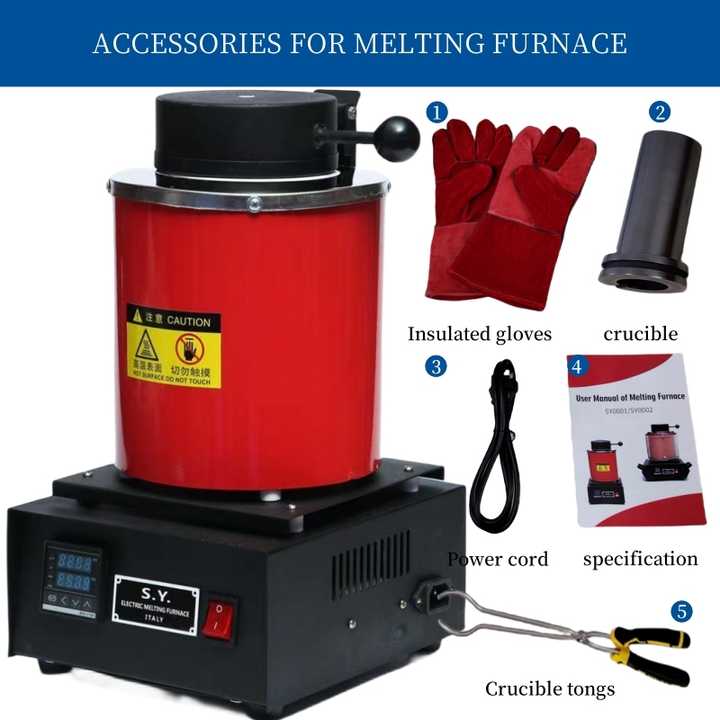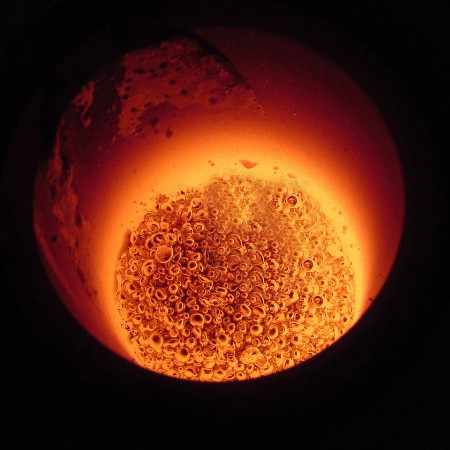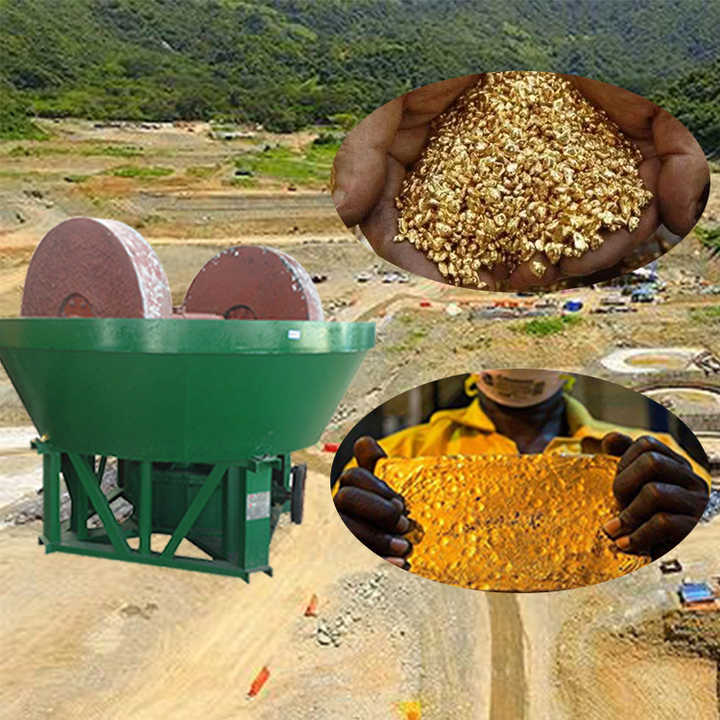microwave smelting gold
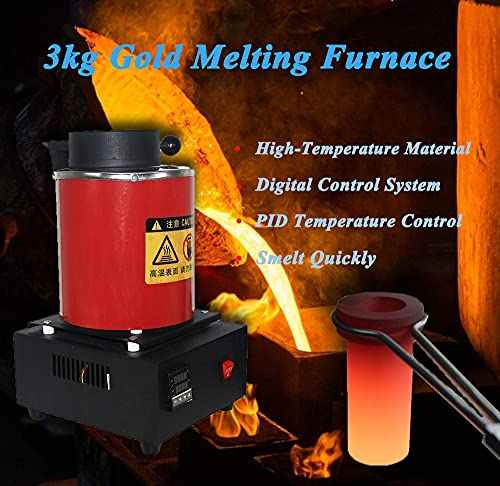
Microwave Smelting Gold
Microwave smelting gold is an innovative technique that utilizes microwave energy to melt and refine gold efficiently. This method is gaining popularity due to its speed, energy efficiency, and ability to produce high-quality gold. In this article, we will explore the process of microwave smelting, its advantages, and its applications in gold refining.
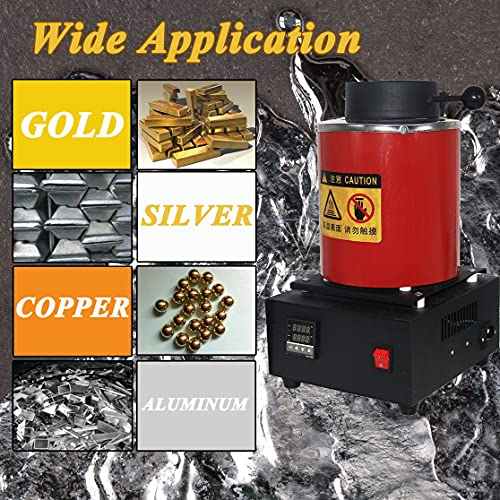
Understanding Microwave Smelting
Microwave smelting involves using microwave radiation to heat materials to their melting point. Unlike traditional smelting methods that rely on external heat sources, microwave smelting generates heat directly within the material. This method has been adapted for various metals, including gold, and offers several benefits over conventional techniques.
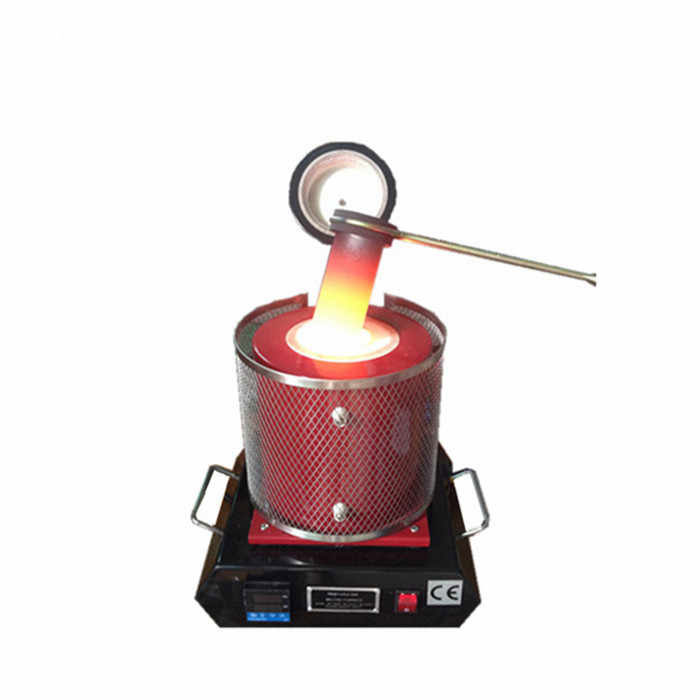
The Process of Microwave Smelting Gold
Preparation of Materials
Before the smelting process begins, the gold-bearing material must be prepared. This involves crushing and grinding the ore or scrap gold to increase the surface area, ensuring uniform heating. The use of a suitable flux, such as borax or soda ash, may also be necessary to assist in separating impurities from the gold.
Microwave Heating
Once the materials are prepared, they are placed in a microwave furnace specifically designed for smelting metals. The microwave energy is directed into the furnace, where it penetrates the material and generates heat. This process quickly raises the temperature, often reaching the melting point of gold (approximately 1,064 degrees Celsius or 1,947 degrees Fahrenheit) in a matter of minutes.
Melting and Separation
As the gold melts, it becomes a dense liquid that separates from lighter impurities. The flux added earlier helps to form a slag that can be easily removed. This separation process is crucial, as it allows for the recovery of high-purity gold.
Advantages of Microwave Smelting Gold
Speed and Efficiency
One of the primary benefits of microwave smelting is its speed. Traditional methods can take hours to achieve the necessary temperatures for melting gold, while microwave smelting can accomplish this in a fraction of the time. This efficiency makes it an attractive option for small-scale and artisanal miners.
Energy Savings
Microwave smelting also offers significant energy savings. Traditional smelting methods often waste energy due to the inefficiencies of external heat sources. In contrast, microwave energy directly heats the material, reducing energy consumption and costs.
High Purity
The ability to achieve high temperatures quickly allows for effective separation of gold from impurities, resulting in high-purity output. The use of fluxes further enhances the purity of the final product, making microwave smelting a preferred choice for refining gold.
Applications of Microwave Smelting
Microwave smelting is particularly useful in various applications, including:
- Artisanal Mining: Small-scale miners benefit from the efficiency and low energy requirements of microwave smelting, allowing them to refine gold on-site.
- Recycling: The technique is also used for recycling electronic waste and other materials containing gold, enabling the recovery of precious metals in an environmentally friendly manner.
- Laboratory Research: In academic and industrial research settings, microwave smelting provides a controlled environment for studying the properties of gold and other metals.
Microwave smelting gold is an innovative method that revolutionizes traditional refining techniques. With its speed, energy efficiency, and ability to produce high-purity gold, this technique offers significant advantages for both small-scale miners and industrial applications. As technology continues to advance, microwave smelting is likely to play an increasingly important role in the future of gold processing and refining, making it a valuable tool in the quest for sustainable and efficient gold production.












